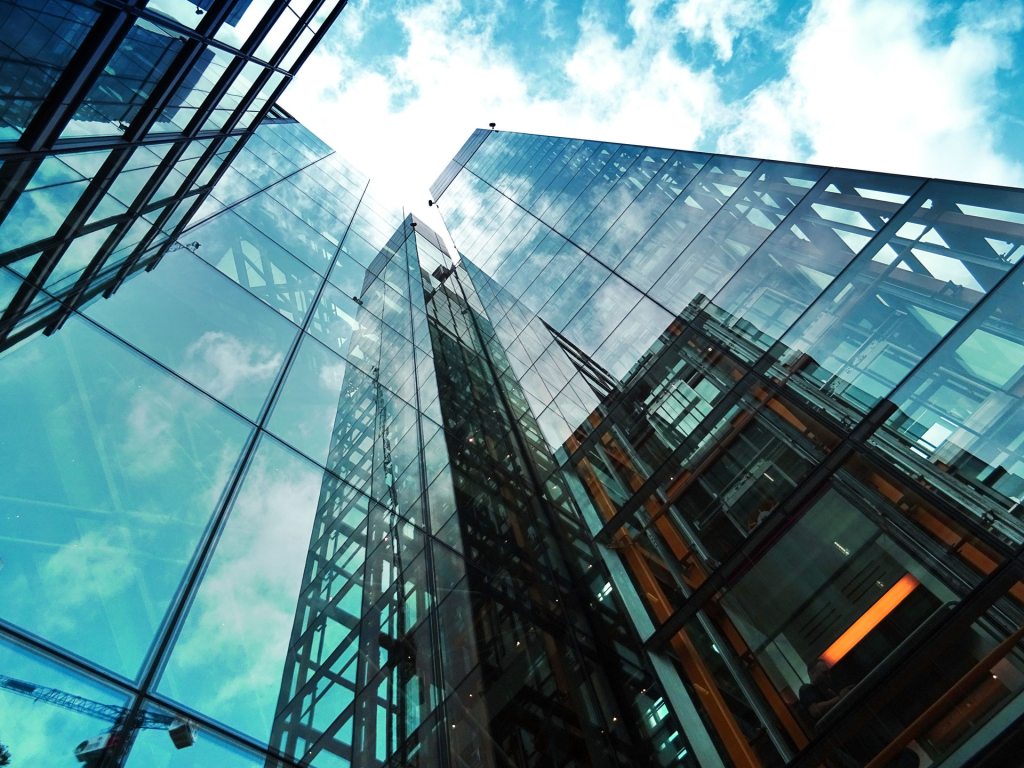The housing market remains strong but what about the national trend of the commercial real estate market? According to most economists, with a rising labor force, a bounding stock market, and a healthy housing industry, the commercial real estate market remains strong. Even so, there are a few trends savvy investors can look forward to in the coming years.
Factors Strengthening the Commercial Real Estate Market
There’s a major shortage of homes available for sale. In fact, this time last year, there were 16 percent more homes on the market. Sellers have the upper hand during supply shortfalls. This makes for an unfavorable buyer’s market because only the most qualified buyers secure loans. Combined with tougher credit approvals, many would-be first-time buyers resort to leasing.
As a result, apartment occupancy is at a historic high. More renters require more places to rent, which explains the multi-unit high-rise national commercial real estate market trend. Places like New York, Atlanta, Chicago, and other cities with limited space have many large complexes already underway.
Another trend involves savvy investors purchasing inferior buildings and rehabbing the structure with the latest residential and mixed-use trends. Along these lines, some investors even converted prior warehouse/industrial buildings into multi-tenant complexes. This commercial real estate (CRE) trend continues gaining traction thanks to strengthening workforce numbers.
Urbanization: Catering to Baby Boomers and Millennials
The big cities get bigger and the small cities…also get bigger. This 2017 commercial real estate market trend began several years ago when baby boomers flocked to Southern and Midwestern urban areas. The onset of retirement sent many folks packing, seeking locales with a cheaper cost of living. Now, millennials factor into the equation and also seek affordable cities in which to raise a family.
Many municipalities today report that millennials purchased the majority of the homes on the market. For example, in recent years, millennials accounted for 65 percent of home purchases in the Tampa, FL area. Investors began urbanizing areas several years ago with shopping centers, entertainment venues, and dining establishments. Today, many are reaping the rewards of their past investments.
While indoor malls struggle to survive, open-air combination centers (food, entertainment, shopping) attract throngs of people, young and old. Look for this trend to continue through 2017 as millennials and baby boomers populate more and more mid-sized metros.
Retail Space Succumbing to Online Shopping
It’s no secret, several retail giants have fallen to the online shopping experience. Circuit City, Blockbuster Video, Borders, RadioShack, Macy’s, J.C. Penney, and Sears have either closed their doors or filed for bankruptcy. At the same time, online giant Amazon, continues opening stores on college campuses and in city centers.
However, these Amazon storefronts provide more of a shopping experience than an actual retail location piled with goods. For CRE investors, expect more of these physical storefronts to complement retailers’ online presence and to showcase new arrivals. The traditional brick and mortar retail space is no longer a lucrative investment.
Office and Industrial Workspace Surging
With major auto and steel makers promising to keep and increase jobs in the states, the industrial environment remains a strong commercial real estate market trend. According to the National Association for Industrial Office Parks (NAIOP), warehouse, industrial, office, and retail projects employed more than 6.25 million people in 2016 and added over $800 billion to the US economy. It’s no surprise that states with the healthiest housing markets gained the most from CRE projects.
States that gained the most from office, industrial, warehouse, retail, and entertainment developments include the following.
- Texas: Earned $44 billion, employed over 310,000 people from CRE projects
- New York: Earned $46 billion, employed over 284,000 people
- California: Earned $30 billion, employed over 211,000 people
- Louisiana: Earned $19 billion, employed over 146,000 people
- Florida: Earned $15 billion, employed over 134,000 people
- Georgia: Earned $13 billion, employed over 103,000 people
Read the full NAIOP report here.



